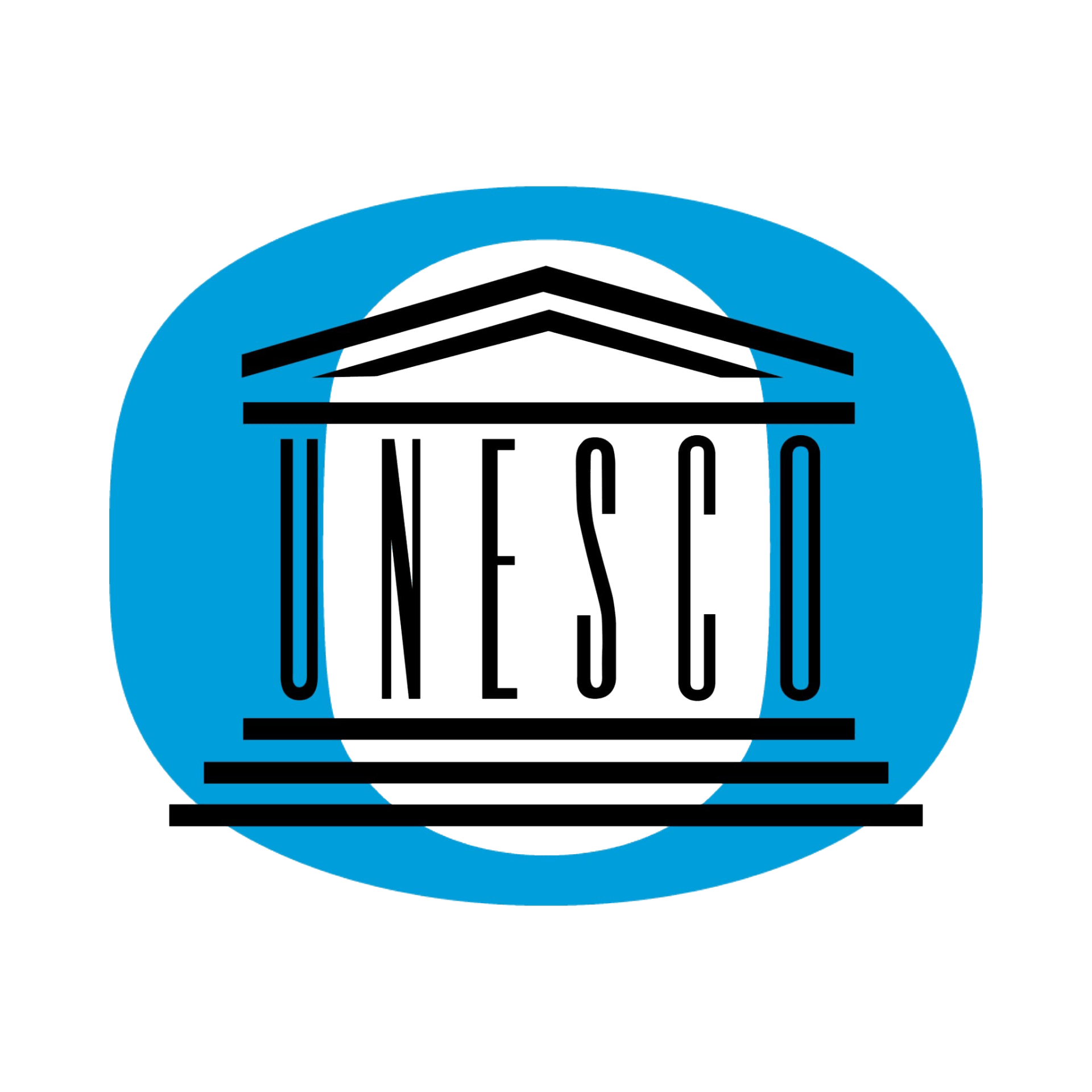Jeffrey Sachs, a professor at Columbia University and president of the UN Sustainable Development Solutions Network, has prepared a proposal that would provide funds to peacebuilding efforts by reallocating military spending.

Sachs’ proposal closely resembles the mission of the Swords Into Ploughshares initiative; we have a mutual goal of transforming military power into peace.
The following is a transcript of Sachs’ proposal.
“Reallocating 10% of global military spending to peacebuilding initiatives could significantly impact critical global challenges. Below is a chart illustrating how this reallocation could be distributed among climate change mitigation, poverty and inequality reduction, and global health crisis management.
Global Military Spending and Proposed Reallocation
| Category | Amount (USD) | Percentage of Reallocated Funds |
| Total Global Military Spending (2023) | $2.44 trillion | 100% |
| 10% Reallocation to Peacebuilding | $244 billion | 10% |
| – Climate Change Mitigation | $100 billion | 41% |
| – Poverty and Inequality Reduction | $80 billion | 33% |
| – Global Health Crisis Management | $64 billion | 26% |
Jeffrey Sachs at the UN Security Council.
Nov 28, 2023
The UN Security Council should also bolster its toolkit by engaging in economic peacebuilding alongside the more usual decisions on borders, peacekeepers, sanctions, and the like. I have mentioned several times the idea of creating a new Peace and Development Fund that the UN Security Council could deploy to create positive dynamics for sustainable development, and to encourage other investors – such as the World Bank, the IMF, and the regional Multilateral Development Banks – to co-invest in peacemaking.
I would recommend three guideposts for such a new fund.
First, it would be funded by the major powers by transferring a part of their military outlays to global peacemaking. The US, for example, now spends roughly $1 trillion per year on the military, while China, Russia, India, and Saudi Arabia are the next biggest spenders, with combined military outlays that are a bit more than half of the US, perhaps around $600 billion. Suppose that these countries reduced military outlays by just 10% and redirected the savings to the Peace and Development Fund. That alone would free up around $160 billion per year. Even that sum could be leveraged with some financial engineering to enable annual loans of say $320 billion per year, that is, enough to help today’s war zones to begin a vigorous turn to recovery and development.
Second, the fund would emphasize regional integration. This is paramount for peacemaking as well as for successful development. Ukraine would be helped to integrate both west (to the EU) and east (toward Russia, Central Asia, and East Asia). Israel, Palestine, and Syria would all be helped to integrate in an infrastructure network for the EMME region, deepening peace as well as economic development. The Sahel countries would be helped to break their isolation and lack of basic services through a network of infrastructure for roads, rail, ports, fiber, and power.
Third, the Peace and Development Fund would partner with other funding streams, such as China’s Belt and Road Initiative, the EU’s Global Gateway, the G7’s Global Partnership for Infrastructure and Investment, and increased lending by the Bretton Woods institutions and the regional development banks. Interestingly, the Fund for Peace and Development could be a vehicle for greater investment partnerships linking China, the EU, the United States, and the G7. This too would be a contribution towards peace, not only into today’s war zones but also among the world’s major powers.
Directly across the street from us is Isaiah’s wall, with the visionary words of the great Jewish prophet of the 8th century BCE: “They shall beat their swords into ploughshares, and their spears into pruning hooks; nation shall not lift up sword against nation, neither shall they learn war anymore.” It is time to honor Isaiah’s words by ending these useless wars, slashing military outlays and turning the savings into new investments in education, healthcare, renewable energy, and social protection.
The proposal to redirect today’s military outlays into tomorrow’s sustainable development finance builds not only upon Isaiah’s enduring wisdom, but on the proposals of religious leaders and the world’s nations in the UN General Assembly. Pope Paul VI in his brilliant encyclical Populorum Progresio (1967) called on world leaders “to set aside part of their military expenditures for a world fund to relieve the needs of impoverished peoples.” The UN General Assembly took up this cause in UNGA Resolution 75/43, calling on “the international community to devote part of the resources made available by the implementation of disarmament and arms limitation agreements to economic and social development, with a view to reducing the ever-widening gap between developed and developing countries.”
As an American, I am proud that our greatest President, Franklin Delano Roosevelt, was the visionary who oversaw the establishment of this great institution. I believe firmly in the capacity of the United Nations, and of this Security Council, to keep the peace and to promote sustainable development. When all 193 UN member states, or 194 with the membership of Palestine, live up to the UN Charter, we will have a new Global Age of Peace and Sustainable Development.”
Transcript provided by Savage Minds.

